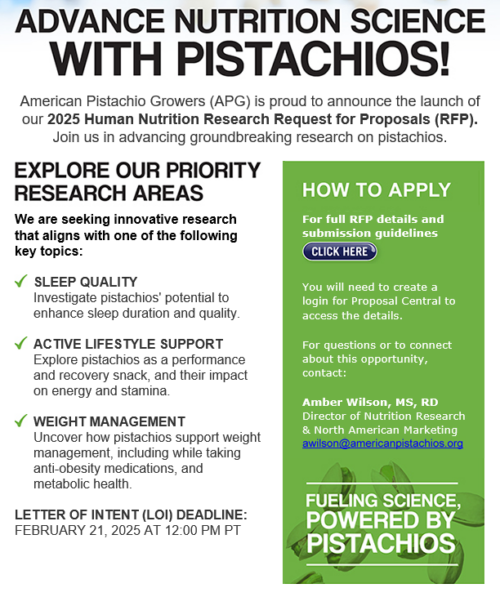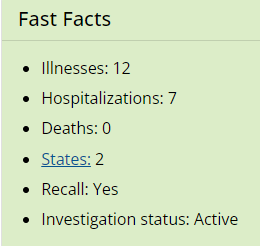Industry-funded studies of the week: Nuts!
My collection of studies funded by the nut industry is growing, so here are a bunch all at once.
Almonds: Almond Consumption Modestly Improves Pain Ratings, Muscle Force Production, and Biochemical Markers of Muscle Damage Following Downhill Running in Mildly Overweight, Middle-Aged Adults: A Randomized, Crossover Trial. Current Developments in Nutrition, Volume 8, Issue 9, 104432
- Conclusion: This study demonstrates that 2.0 oz/d of almonds modestly reduces pain, better maintains muscle strength, and reduces the CK response to eccentric-based exercise.
- Funding: This study was supported by the Almond Board of California
Peanuts: Peanut Polyphenols Are Bioaccessible and Inhibit Proliferation of Cultured Jurkat Leukemia Cells. Current Developments in Nutrition, Volume 8, Supplement 2, July 2024, 102631
- Conclusions: Polyphenol-rich PSE inhibits the growth and proliferation of Jurkat cells [a cell line derived from leukemia T-cells].
- Funding: The Peanut Institute.
Pecans: Pecan Intake Improves Lipoprotein Particle Concentrations Compared with Usual Intake in Adults at Increased Risk of Cardiometabolic Diseases: A Randomized Controlled Trial. The Journal of Nutrition, Volume 155, Issue 5, 1459 – 1465
- Conclusion: Incorporating 57 g/d of pecans into the diet in place of usual snacks for 12 wk improved apoB, atherogenic lipoprotein subfractions, and the LP-IR in adults at risk of cardiometabolic diseases.
- Funding: This study was funded by the American Pecan Council.
Pistachios: Nighttime Pistachio Consumption Alters Stool Microbiota Diversity and Taxa Abundance Compared with Education to Consume 1–2 Carbohydrate Exchanges (15–30 grams) over 12 Weeks in Adults with Prediabetes: A Secondary Analysis from a Randomized Crossover Trial. Current Developments in Nutrition. Volume 9, Issue 7107481July 2025 [Thanks to Martin Camhi for this one]
- Conclusions: In adults with prediabetes, intake of 57 g/d of pistachios as a nighttime snack altered stool microbial community diversity and composition compared with a CHO-rich snack, providing evidence of stool microbial effects with pistachio consumption.
- Funding: The American Pistachio Growers; Penn State’s Clinical & Translational Research Institute, Pennsylvania State University
Comment: If one nut producer does this, they all have to. This is about market competition. The idea is to convince you that nuts are superfoods performing health miracles and to eat more nuts. These studies must be interpreted as marketing efforts.
Nuts are indeed healthy, but highly caloric—best eaten in small handfuls.
If such studies should convince you of anything, it’s to eat the nuts you like. They all can be shown to have health benefits.




